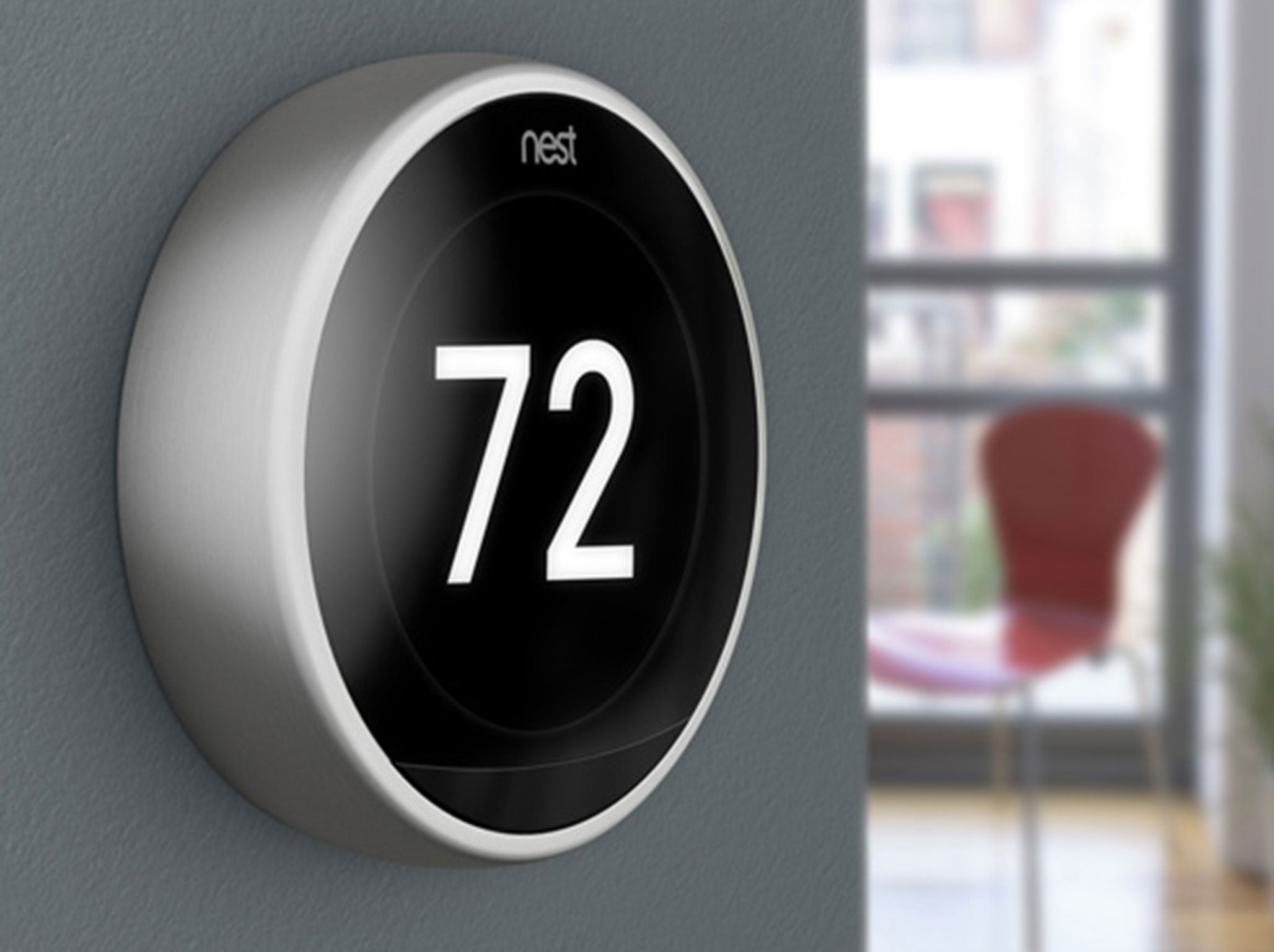Nest thermostat gets power to control heating alongside new design
The company’s products take traditional household gadgets and connects them up to the internet

Nest has released the third generation of its famous smart thermostat, adding new features including the power to control hot water.
The company sells smart thermostats, smoke alarms and cameras meant to help make homes “smarter”. And it has released the third generation of that first product, which features a new design, the ability to control hot water and new heating technology.
The hot water control is intended to allow the thermostat to save even more money by learning when people use their hot water tank and only heating it up when the company’s algorithms expect that water will be used.
The company has also introduced OpenTherm technology. That is a new standard in compatible boilers that allows it to be either force to run harder or dim its power so that it can run more efficiently.
Nest has also changed the design of the thermostat so that it’s slimmer and more of its face is taken up with the screen.
It makes use of the extra size by implementing a feature called Farsight, which uses sensors to tell how far away user are from the screen and show information accordingly. If a person is over on the other side of the room, for instance, it will show either the temperature or a clock face.
Join our commenting forum
Join thought-provoking conversations, follow other Independent readers and see their replies
Comments
Bookmark popover
Removed from bookmarks